Nevşehir Museum: Ein Schatz der Geschichte Kappadokiens
Das Nevşehir Museum, 1988 der Öffentlichkeit zugänglich gemacht, ist ein faszinierender Ort, der der Bewahrung und Präsentation archäologischer und ethnografischer Funde Kappadokiens gewidmet ist. Im Herzen dieser ikonischen Region gelegen, dient das Museum als Brücke zwischen Vergangenheit und Gegenwart und bietet ein unvergessliches Erlebnis für alle, die die historische, kulturelle und soziale Vielfalt einer der rätselhaftesten Gegenden der Türkei verstehen möchten.
Ein Überblick
Das Nevşehir-Museum ist in zwei Hauptausstellungsbereiche unterteilt, die für ihre klare Struktur und die Fähigkeit geschätzt werden, Besucher auf eine Zeitreise mitzunehmen. Das Erdgeschoss widmet sich der Archäologie und präsentiert eine einzigartige Sammlung von Artefakten, die von der Vorgeschichte bis zur byzantinischen Ära reichen. Der obere Stock konzentriert sich auf die Ethnografie und zeigt das Alltagsleben der kappadokischen Gemeinschaften von der Seldschuken- und Osmanenzeit bis in die jüngere Vergangenheit.
Zusätzlich zu seiner Dauerausstellung beherbergt das Museum temporäre Ausstellungen, die spezifische Themen der Geschichte und Kultur Anatoliens beleuchten und es zu einem dynamischen und stets relevanten Ziel machen.
Erdgeschoss: Archäologiesaal
Das Erdgeschoss ist der Archäologie gewidmet und bietet eine beeindruckende Sammlung von Artefakten, die die Entwicklung der Zivilisationen, die Kappadokien im Laufe der Jahrhunderte bewohnten, dokumentieren. Besucher sind fasziniert von den Vitrinen, die Fossilien, Werkzeuge, Keramiken und Münzen sowie andere historisch bedeutsame Objekte enthalten.
- Fossilien und Knochen: Einer der spannendsten Bereiche des Museums. Meeresfossilien, die im Süden Kappadokiens gefunden wurden, bieten einzigartige Einblicke in eine Zeit, als diese heute trockene und bergige Region von einem Binnenmeer bedeckt war.
- Steinstelen: Diese monumentalen Stücke, verziert mit Inschriften und Reliefs, zeichnen sich durch ihre künstlerische und historische Bedeutung aus und dienen als Zeugnisse der alten Kulturen Anatoliens.
- Schrifttafeln: Verwendet zur Aufzeichnung administrativer und kommerzieller Daten, bieten diese Tafeln direkte Einblicke in die soziale und wirtschaftliche Organisation der frühen Zivilisationen.
- Keramiken: Mit antiken Techniken hergestellt, spiegeln diese Stücke den Einfallsreichtum und die Kreativität der Gemeinschaften wider, die Kappadokien während der Bronzezeit und späterer Perioden bewohnten.
- Münzen und Medaillen: Eine Sammlung, die Beispiele aus verschiedenen Epochen enthält, von den ersten geprägten Münzen bis zu byzantinischen Stücken, die den wirtschaftlichen und kulturellen Wandel der Region verdeutlichen.
Obergeschoss: Ethnografiesaal
Das Obergeschoss widmet sich der Ethnografie und zeigt, wie sich Traditionen und Lebensstile in Kappadokien im Laufe der Zeit entwickelt haben. Dieser Raum bietet einen persönlicheren und intimeren Blickwinkel und ermöglicht es den Besuchern, die Bräuche, Mode und Werte der lokalen Gemeinschaften zu verstehen.
- Kleidung und Textilien: Die Sammlung umfasst traditionelle Gewänder aus der Zeit der Seldschuken und Osmanen. Diese sorgfältig bestickten und traditionell gefertigten Stücke spiegeln die Kunst und Kultur vergangener Gesellschaften wider.
- Porzellan und Utensilien: Dieser Bereich präsentiert dekorative und funktionale Objekte, die den raffinierten ästhetischen Geschmack der Gemeinschaften der Region zeigen.
- Küchengeräte: Von Tontöpfen bis zu Metallwerkzeugen erzählen diese Objekte die Geschichte des täglichen Lebens in Kappadokien und heben die kulinarischen Praktiken verschiedener Epochen hervor.
- Alte Manuskripte: Eine der kulturellen Schätze des Museums, die ausgestellten Manuskripte umfassen religiöse, wissenschaftliche und literarische Texte, die das hohe Maß an Alphabetisierung und Bildung in der Region während der osmanischen Zeit zeigen.
Höhepunkte
Zu den vielen faszinierenden Aspekten des Nevşehir-Museums gehört der Fokus auf die Biodiversität und die geologischen Veränderungen der Region. Besonders die Meeresfossilien bieten eine einzigartige wissenschaftliche Perspektive auf die Transformation Kappadokiens über Millionen von Jahren.
Darüber hinaus bieten die Ausstellungen alter Manuskripte und Keramiken wertvolle Einblicke in die künstlerischen und literarischen Traditionen Anatoliens. Die Vielfalt der Sammlung, die von prähistorischen Artefakten bis zu Objekten aus der osmanischen Ära reicht, stellt sicher, dass jeder Besucher etwas findet, das sein Interesse weckt.
Praktische Informationen
- Standort: Das Museum befindet sich im Zentrum von Nevşehir, in der Provinz Kappadokien, und ist leicht von den wichtigsten Sehenswürdigkeiten der Region aus erreichbar.
- Öffnungszeiten: Geöffnet von Dienstag bis Sonntag, von 9:00 bis 17:00 Uhr. Montags geschlossen.
- Eintrittspreis: 15 TL pro Person; Kinder unter 12 Jahren haben freien Eintritt.
- Zugang: Das Museum ist mit öffentlichen Verkehrsmitteln oder mit dem Auto leicht erreichbar. Parkplätze stehen für Autofahrer zur Verfügung.
Fazit
Das Nevşehir-Museum ist ein wahrer Schatz Kappadokiens, der die Besucher einlädt, die reiche und vielfältige Geschichte dieser einzigartigen Region zu erkunden. Ob durch die Meeresfossilien, die geologische Veränderungen dokumentieren, die Keramiken, die den Einfallsreichtum alter Zivilisationen widerspiegeln, oder die Manuskripte, die Jahrhunderte des Wissens dokumentieren – dieses Museum ist ein Fenster in die Vergangenheit.
Ideal für Historiker, Hobby-Archäologen und neugierige Touristen bietet das Nevşehir-Museum ein bereicherndes Erlebnis, das man sich nicht entgehen lassen sollte. Es erinnert an das tiefe Erbe Anatoliens und daran, wie jedes Artefakt eine Geschichte erzählt, die es verdient, bewahrt und mit zukünftigen Generationen geteilt zu werden.

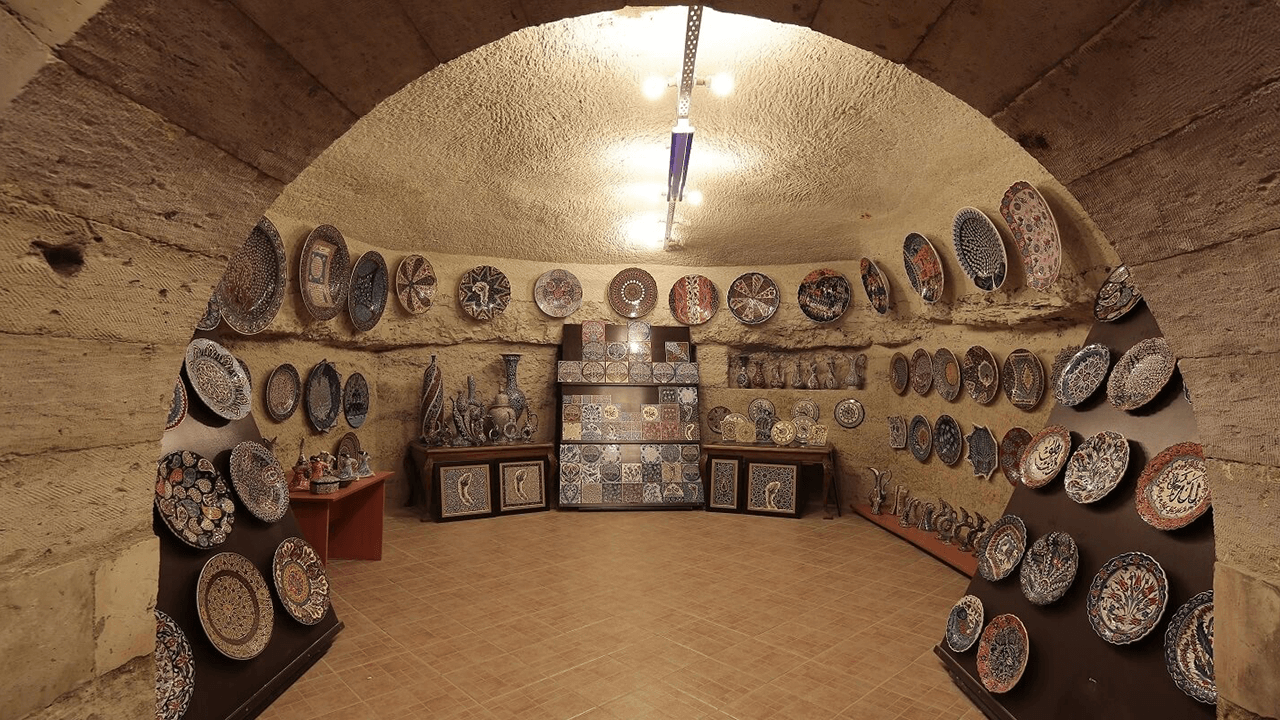
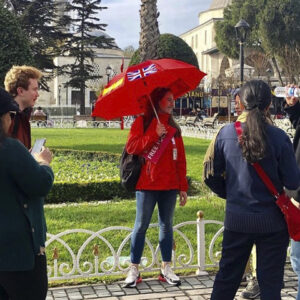
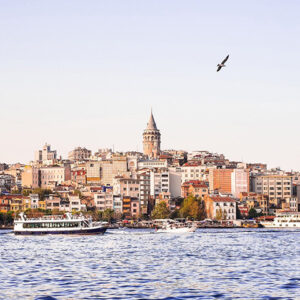
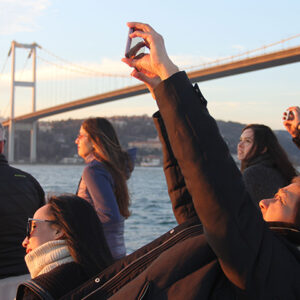
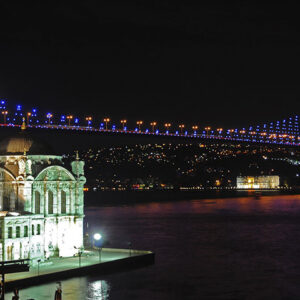
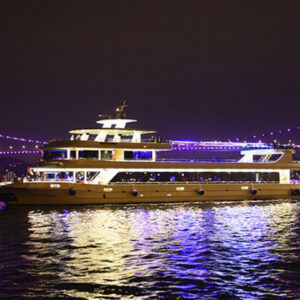
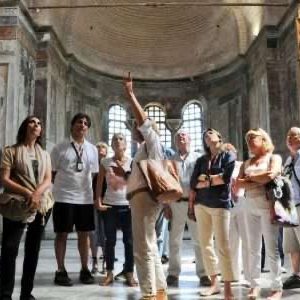
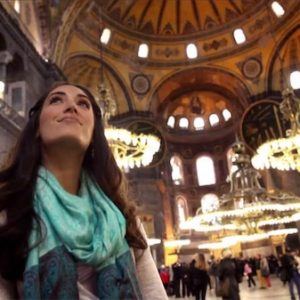
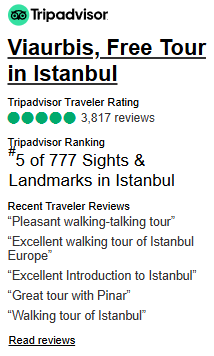
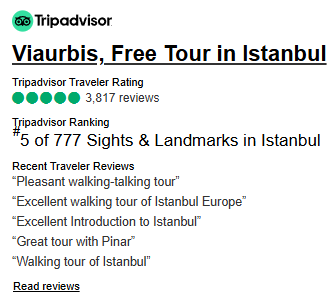
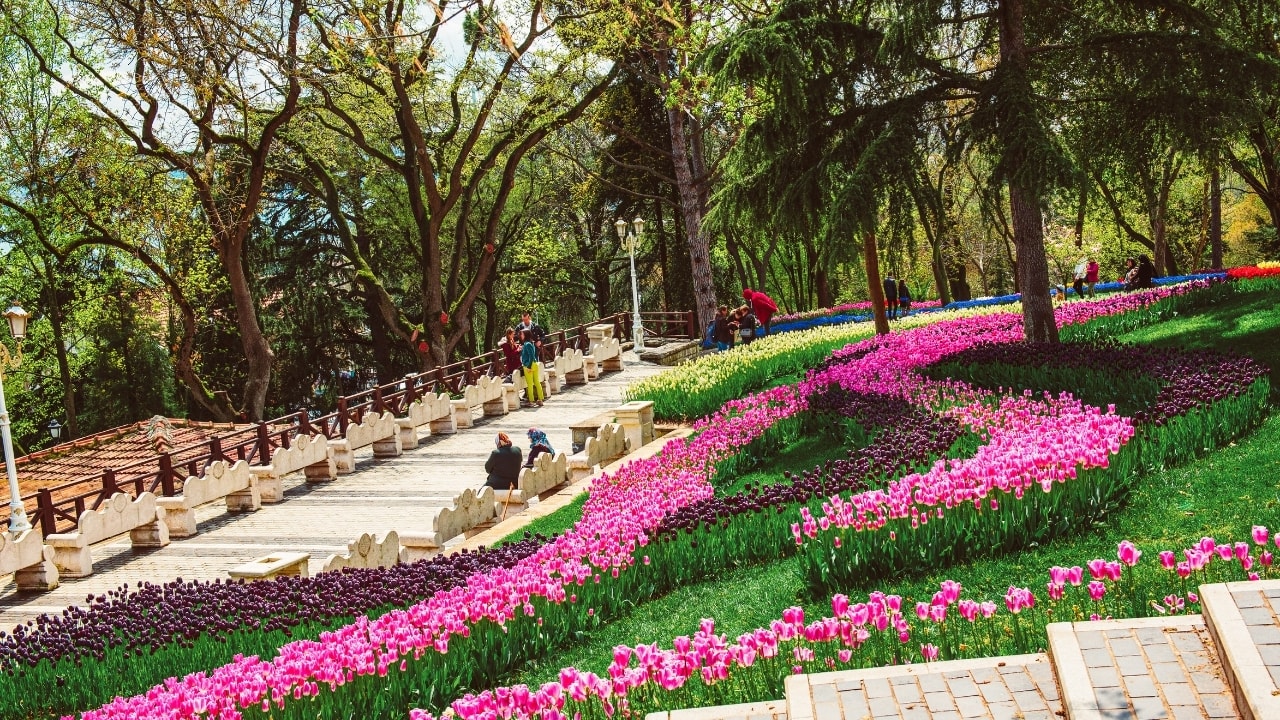
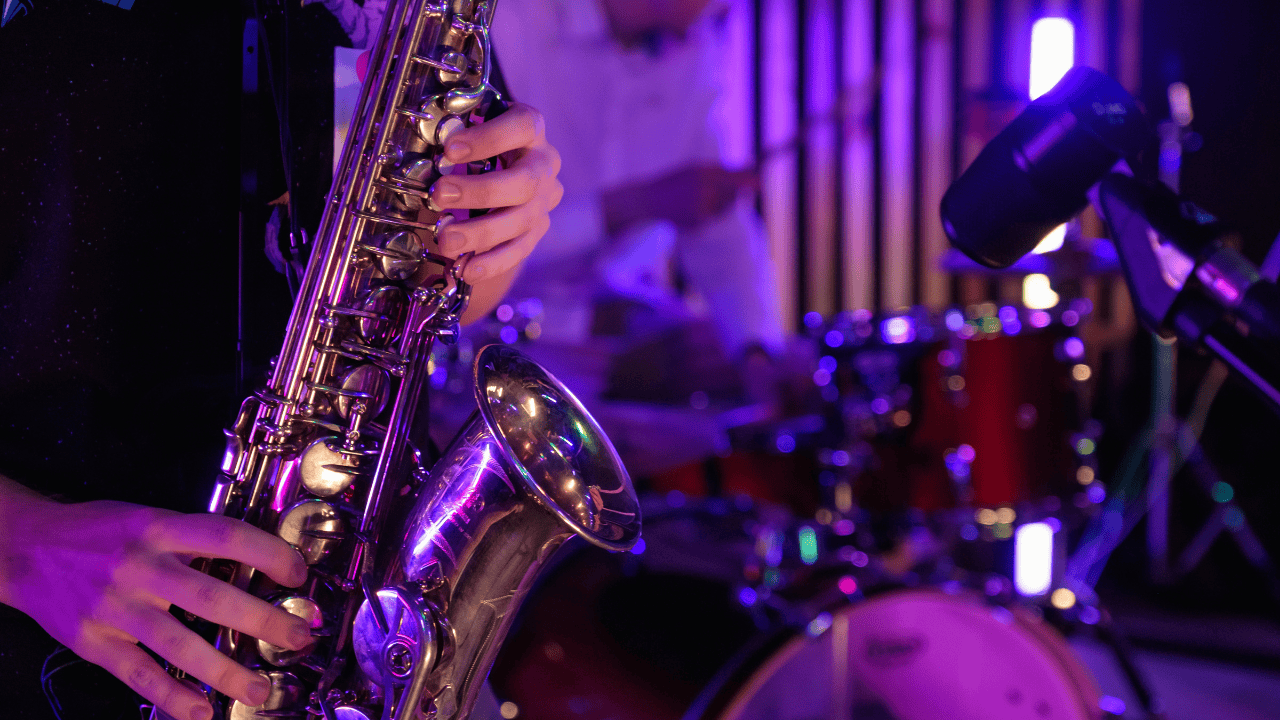
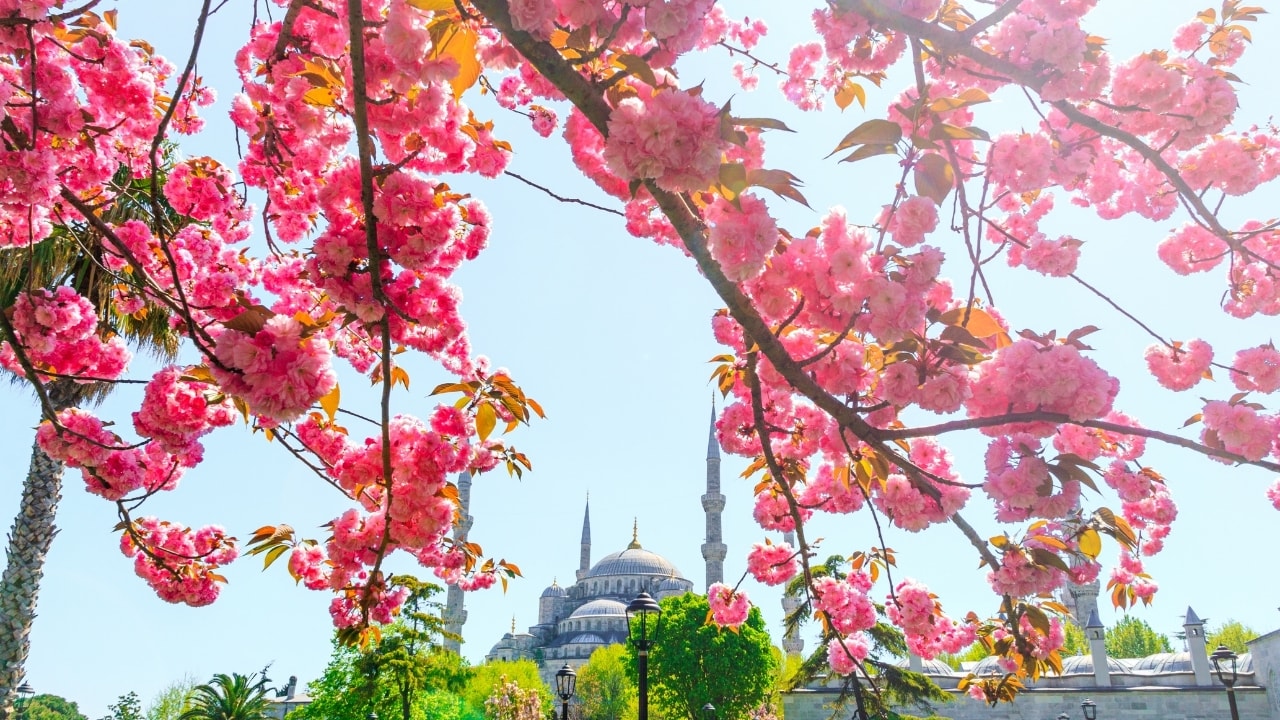
3 Gedanken zu „Nevşehir Museum“
★★★★★
Der Besuch von ‚Nevşehir Museum‘ war eine außergewöhnliche Erfahrung, die Einblicke und Freude wie keine andere bot. Absolut empfehlenswert!
★★★★★
Über ‚Nevşehir Museum‘ zu lernen und es zu besuchen, war sowohl unterhaltsam als auch lehrreich. Jeder sollte dies erleben!
★★★★★
Meine Reise zu ‚Nevşehir Museum‘ war einfach unglaublich. Ein Muss für jeden, der die Gegend erkundet!